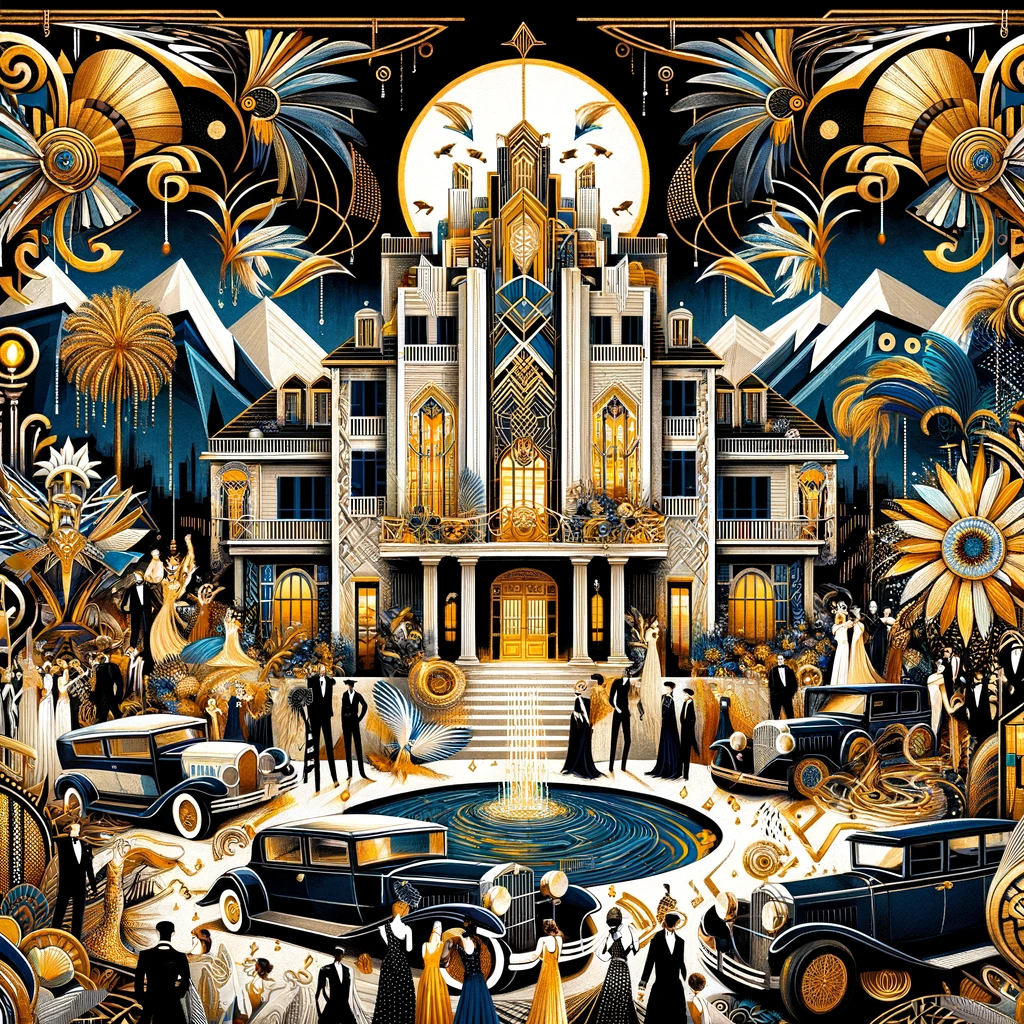Francis Scott Key Fitzgerald, an emblematic figure in American literature, was born on September 24, 1896, and passed away on December 21, 1940. Best known for his vivid portrayal of the Jazz Age’s flamboyance—a term he popularized in his work “Tales of the Jazz Age”—Fitzgerald’s legacy as a novelist, essayist, and short story writer is profound and enduring. His career, marked by the publication of four novels, four story collections, and 164 short stories, saw him rise to temporary fame and fortune in the 1920s, though he only received widespread critical acclaim posthumously.
Hailing from a middle-class family in Saint Paul, Minnesota, Fitzgerald spent much of his early life in New York state. His time at Princeton University was significant, not least for his friendship with future literary critic Edmund Wilson. A pivotal moment came with his relationship with Chicago socialite Ginevra King, which, after its end, led him to enlist in the United States Army during World War I. It was in Alabama where he met Zelda Sayre, a Southern debutante, who initially refused his marriage proposal due to his financial situation. However, the success of his novel “This Side of Paradise” in 1920, a cultural phenomenon of its time, persuaded Zelda to marry him, marking the beginning of a complicated but creatively fruitful partnership.
Fitzgerald’s journey in literature continued with “The Beautiful and Damned” in 1922, further elevating his status in the cultural elite. His lifestyle, marked by affluence, was sustained through his contributions to popular magazines such as The Saturday Evening Post, Collier’s Weekly, and Esquire. His travels to Europe brought him into contact with the “Lost Generation” of modernist writers and artists, including Ernest Hemingway. However, his most famed novel, “The Great Gatsby” (1925), despite receiving favorable reviews, was initially a commercial disappointment, selling under 23,000 copies in its first year. Today, it is celebrated as one of the great American novels, a testament to the enduring nature of Fitzgerald’s work.
The latter years of Fitzgerald’s life were overshadowed by personal struggles, notably the decline in his wife’s mental health and his own battle with alcoholism. His move to Hollywood to pursue screenwriting offered little success. His life in Hollywood, shared with columnist Sheilah Graham, was his last chapter before his untimely death from a heart attack at the age of 44. Posthumously, his friend Edmund Wilson edited and published Fitzgerald’s unfinished fifth novel, “The Last Tycoon” (1941), later republished as “The Love of the Last Tycoon.”
Fitzgerald’s story is one of brilliance and tragedy, creativity and struggle. His works, capturing the essence of an era and exploring the complexities of the human condition, have left an indelible mark on the tapestry of American literature, making his contributions as relevant today as they were in the 20th century.
 Tiny Panda Quotes
Tiny Panda Quotes
